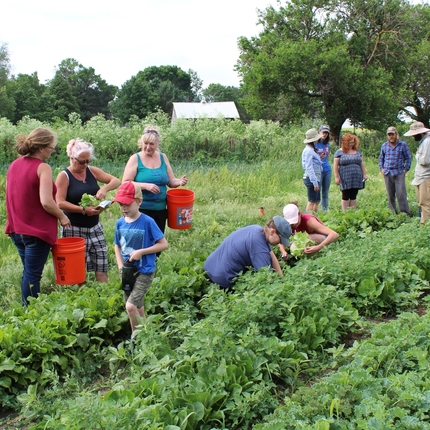Interest in farming is strong. We hear from beginners, as well as retiring farmers and ranchers, each day who are looking for opportunities and searching for solutions to farm transition.
The 2008 farm bill introduced USDA’s first, and so far only, program focused on the next generation of farmers: the Beginning Farmer and Rancher Development Program.
The program funds organizations to conduct training activities, and during the past nine years, 250 projects have reached 60,000 beginners. Nearly all projects include business management training, skills previous generations of farmers largely had to learn on the job.
Surveys and interviews with project leaders have revealed farmer-to-farmer mentoring and information sharing were very effective; helping new farmers create networks of peers and advisors was valuable; and one-on-one advising addressed specific needs.
Organizations have also benefited from the program. Many developed tools and resources, now widely shared; with a majority still available. The Center for Rural Affairs, for example, led one project (with three partners), and has participated in six other projects nationwide.
Fifty-six percent of projects were led by organizations, and 40 percent were led by land-grant universities. Partnerships are required, which joins the strengths of several organizations and creates lasting networks. The program required 25 percent of funds to reach underserved and socially-disadvantaged farmers; more than half the funding served these audiences.
A report on the program’s impacts, “Cultivating the Next Generation,” by National Sustainable Agriculture Coalition, can be found at http://sustainableagriculture.net/publications/bfrdp/.





